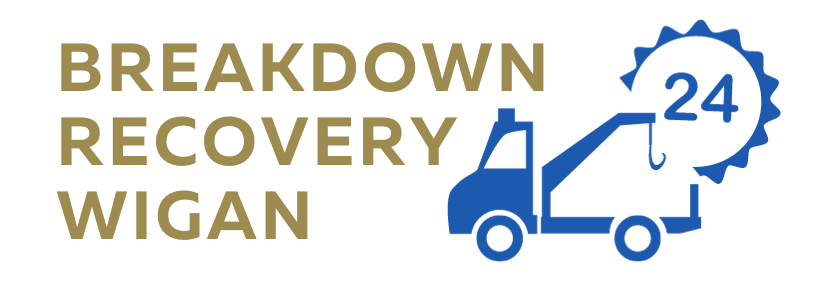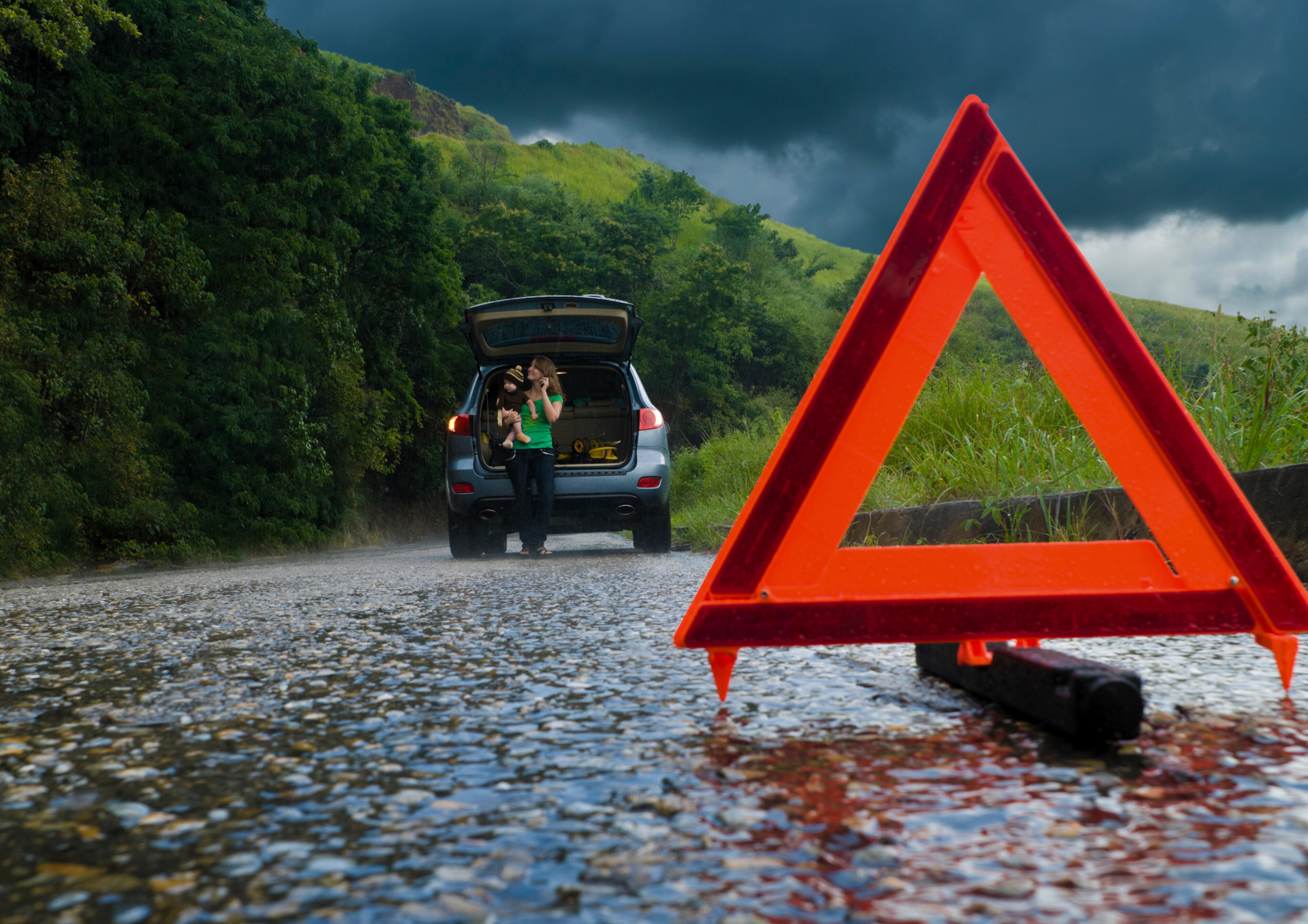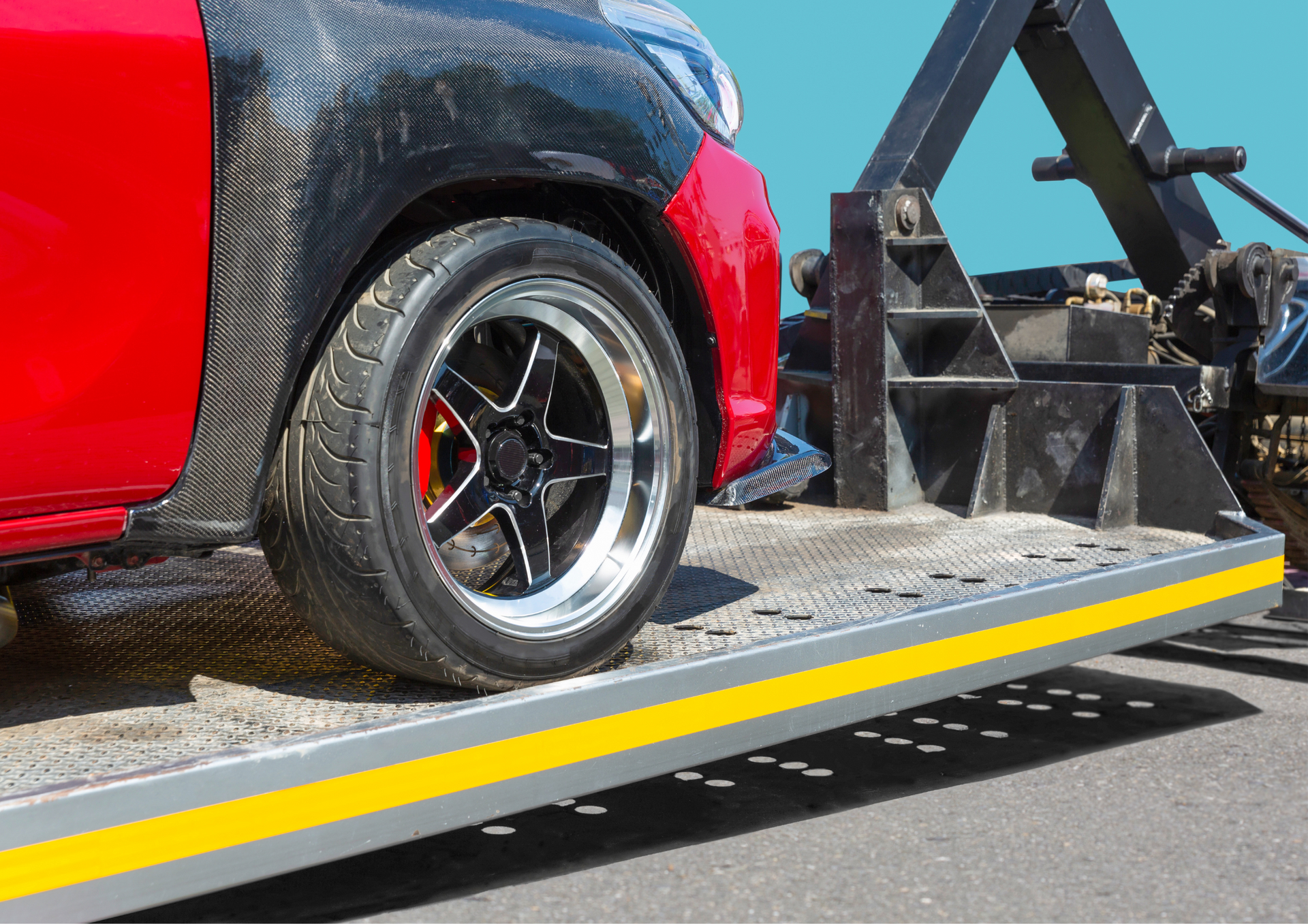Ensuring Safe Vehicle Recovery in Hazardous Conditions
In breakdown recovery services, handling vehicle recovery in hazardous conditions presents a unique set of challenges and demands strict adherence to safety precautions. For professionals and others in similar roles, understanding the complexities and dangers involved in such recoveries is crucial for the safety of the recovery team and the vehicle owners. This post delves into the challenges faced during vehicle recovery in adverse conditions and outlines essential safety measures that should be taken.
Challenges in Hazardous Vehicle Recovery
- Adverse Weather Conditions: Recovering vehicles during severe weather conditions, such as heavy snow, floods, or storms, significantly increases the risk of accidents. The recovery team must navigate slippery roads, reduced visibility, and the potential for falling debris.
- Risk to Bystanders: In busy areas, the presence of bystanders can complicate recovery efforts. Ensuring the safety of passersby while managing the recovery operation requires careful planning and coordination.
- Unstable Vehicles: Vehicles stranded in precarious positions, such as on the edge of a cliff or in waterlogged areas, pose a significant risk. The recovery process must ensure the vehicle is secured before any attempt to move it is made.
- Health Risks: Hazardous conditions often carry health risks, such as exposure to harmful substances or extreme cold. Recovery personnel must have the appropriate protective gear to mitigate these risks.
Safety Precautions for Effective Vehicle Recovery
- Comprehensive Planning: Before attempting recovery, a detailed plan should be devised, considering all potential hazards and outlining steps to mitigate risks. This includes assessing the scene, understanding the vehicle's condition, and deciding on the safest recovery method.
- Use of Appropriate Equipment: Specialised recovery equipment, such as winches, cranes, and flatbed trucks, should be used according to the specific requirements of each situation. Proper use of this equipment is essential for the safety of the recovery team and the integrity of the vehicle being recovered.
- Training and Expertise: Recovery personnel should be highly trained in handling hazardous conditions and operating recovery equipment. Regular training sessions help keep their skills sharp and prepare them for any scenario.
- Clear Communication: Effective communication among recovery team members is vital. Using radios or other communication devices, the team can coordinate their actions and respond promptly to any changes in the situation.
- Prioritising Safety: At every stage of the recovery process, safety should be the top priority. This means sometimes waiting for conditions to improve or calling in additional resources to ensure the recovery can be completed without undue risk.
Vehicle recovery in hazardous conditions is a complex task that requires careful planning, specialised equipment, and skilled personnel. By adhering to strict safety protocols and remaining vigilant against the unique challenges posed by adverse conditions, recovery operations can be conducted safely and efficiently.
Breakdown Recovery Wigan focuses on the safety of our team and the public and the successful recovery of vehicles. Our team is always ready and prepared to give you swift assistance. Simply search "vehicle recovery near me" on the internet to find us!
To know more, read our latest GBP update about recovering vehicles in hazardous conditions.



